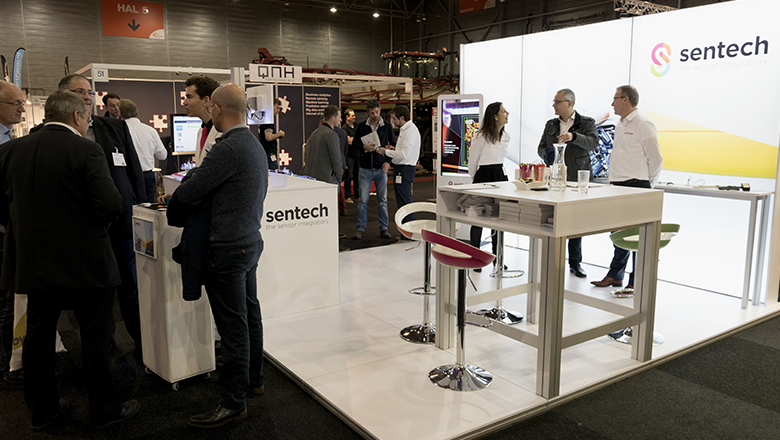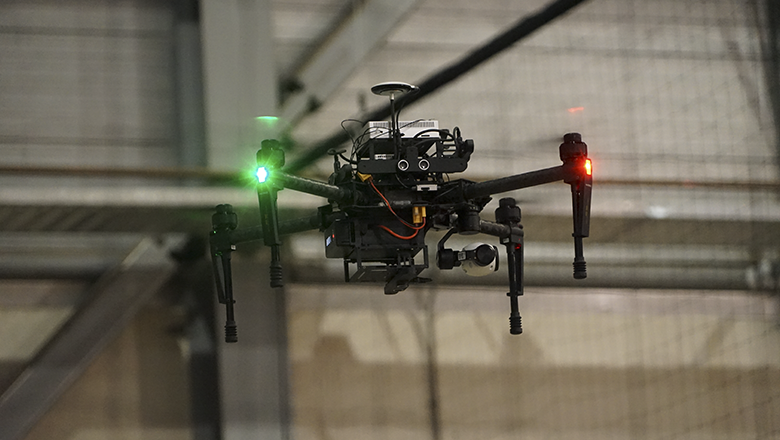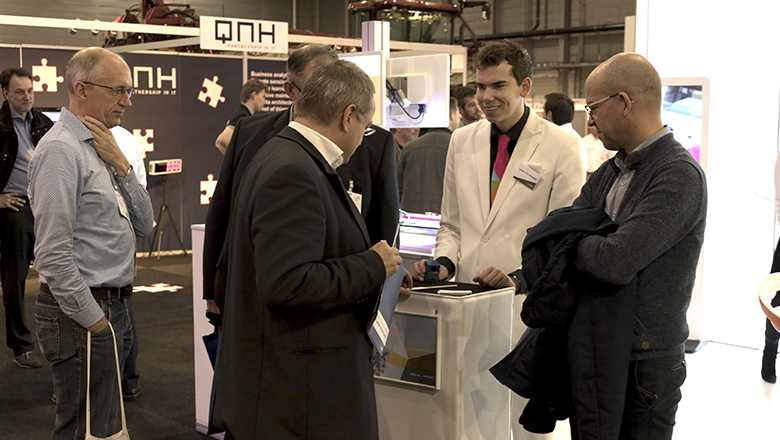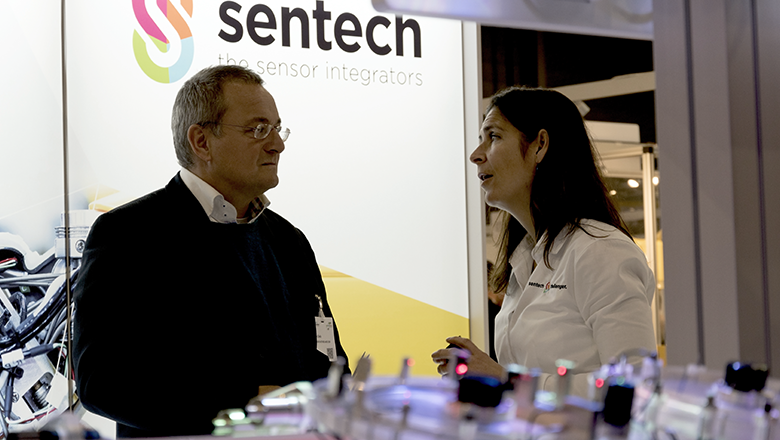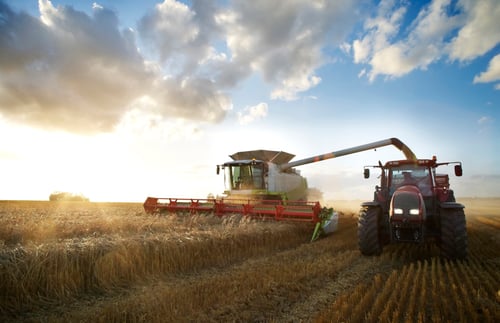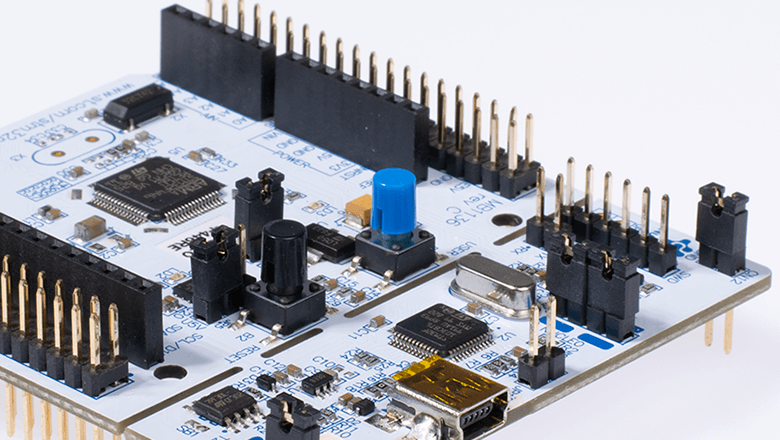Potential of sensor fusion gets AgriFoodTech visitors thinking
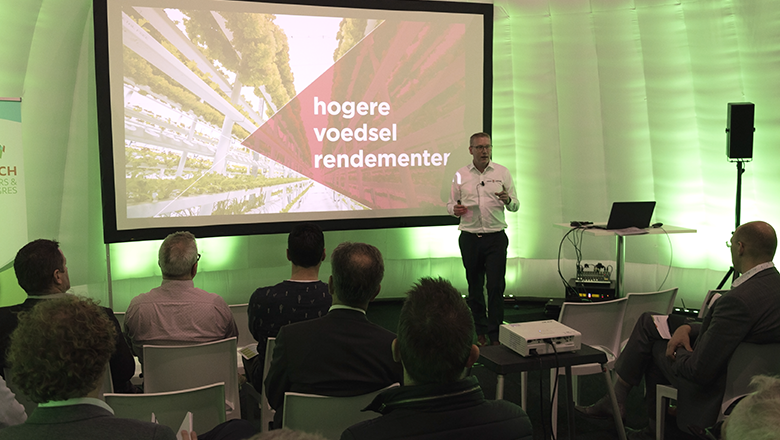
So, there you are, amongst fellow companies pursuing the same goal at AgriFoodTech 2017. How can our innovations continue to feed the world, tackle scarcity and meet the needs of changing food chain dynamics? We make products smarter using sensor fusion to carry out measurements. We link them together, turn them into systems and combine them with other systems. That’s where the biggest benefits lie!
The video below tells you more about sensor fusion.
We lead the pack in the Netherlands and there are plenty of initiatives to make farming smarter. Such innovation is only possible by collecting and analysing data through sensors. Innovation and automation are needed in order to feed everyone.
“We stand to learn a great deal from the information generated by sensors,” says Marco Leeggangers. At the second edition of AgriFoodTech, Sentech’s business development manager gave a well-attended lecture on how sensor fusion can contribute towards increasing food production yields.
Sensor fusion is the future, combining data from different types of sensors in a single system. It not only relates to data, but includes combining sensor technologies.
Sensor fusion increases accuracy
Where we combine sensor technologies on one hand, we can achieve much more if we combine sensor data. There are a few examples of this in precision agriculture.
In his presentation on the topic, Leeggangers said: “By using drones and mapping the composition and humidity of the soil, the nutrients present and the growth of each plant, we can boost potato production twofold. Where one hectare normally yields 20 tonnes of potatoes, we can produce 47 tonnes per hectare in individual cases.”
Combining two sensors increases accuracy, making it possible to raise food production efficiency. The yield becomes even greater if you apply sensor data fusion.
The strength lies in innovation within the agrifood sector
Over the next 40 years, we must produce more food than all the farmers managed to produce over the past 8,000 years. From a figure of 7.5 billion today, the world population is set to grow to around 10 billion by 2050/55.
The Netherlands occupies an important position when it comes to food production. “With the exception of the United States, the value of Dutch food exports is higher than all other countries in the world. But, let’s keep things in perspective, the United States is 270 times bigger than the Netherlands,” explains Leeggangers.
Innovation is needed to counteract impending food scarcity. “As a country, we lead the pack in this field. Take the tomato for example. This fruit only thrives under warm conditions. Nevertheless, the Netherlands is the world’s biggest tomato exporter. And no other country in the world exports more potatoes and onions than the Netherlands. Its vegetable exports in general are the second biggest in the world.”
Innovation isn’t only about the yield per square kilometre, it also relates to sustainability using fewer chemicals, less water and energy-neutral production. Leeggangers continues: “There are examples in greenhouses where we use up to 97% fewer chemicals because we have a controlled environment.”
Practical examples of sensor fusion
During the business development manager’s presentation at the AgriFoodTech trade fair, several practical examples were given about the application of sensor fusion. For example, ‘future farming’ features a lot in today’s news, often using GPS and drones.
These devices help with land cultivation and crop analysis, focusing on boosting yields. But far more can be achieved using sensor fusion. Take the analysis of cattle movements for example.
In greenhouses and stables, we can also see the position of Automated Guided Vehicles (AGVs) more and more accurately. Combining two sensors increases accuracy, making it possible to more efficiently relocate AGVs to better perform their tasks.
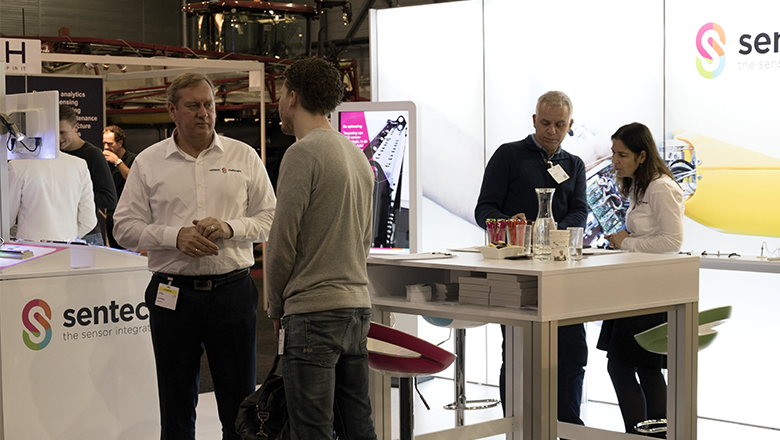
AgriFoodTech as a springboard
As a trade fair, AgriFoodTech certainly appears to provide a unique opportunity for everyone to come together in the face of comparable challenges. In this context, there is a clear shift in the nature of the challenges from being largely mechanical to being technical and related to the Internet of Things (IoT).
Although all technologies have their pros and cons, sensor fusion combines the benefits of these technologies to achieve better performance.
This knowledge is also available to you free of charge; we like to share it!
Pictures
